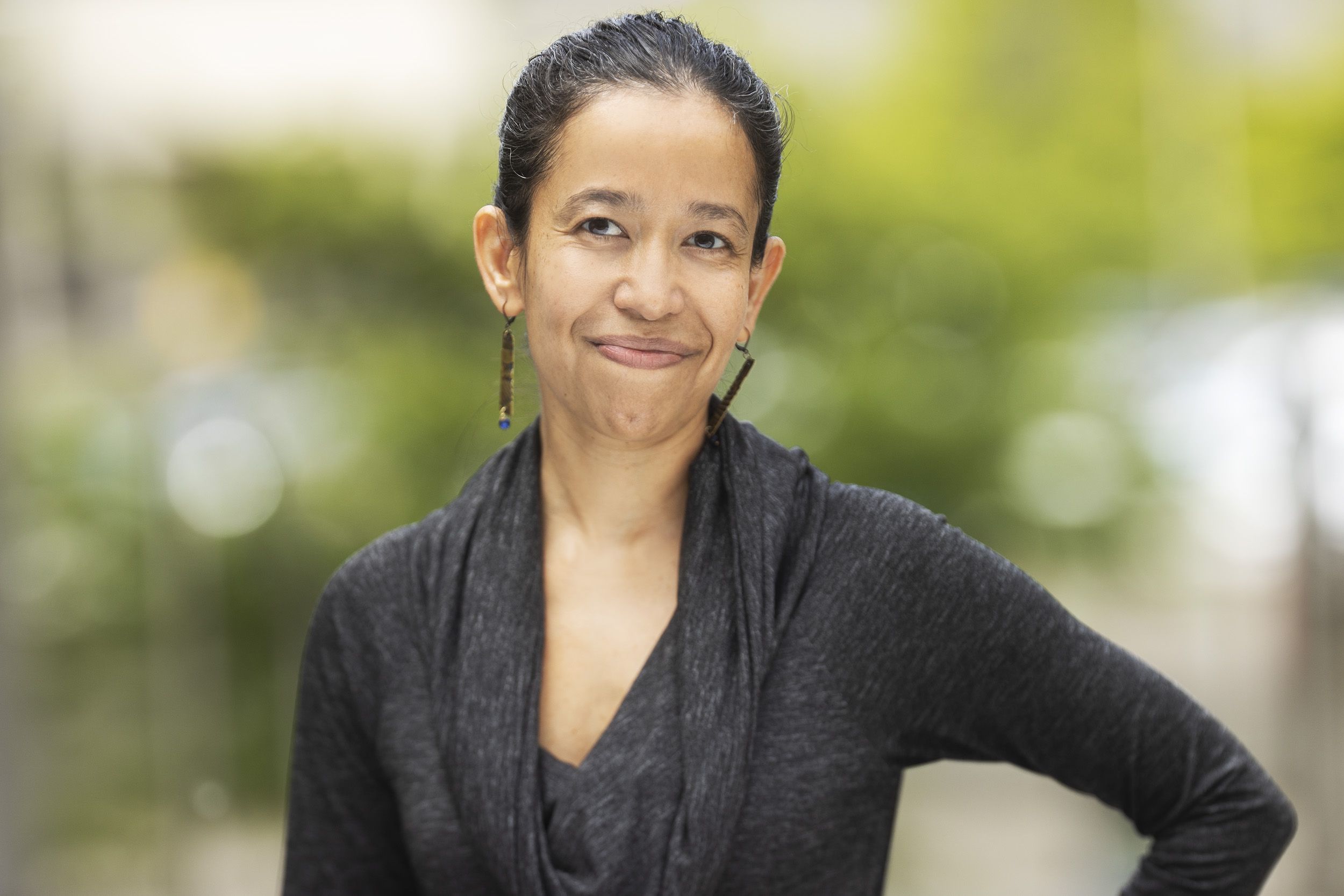- Computational neuroscience
- Molecular physiology and neurobiology
- Systems neuroscience
The University of Texas at Austin, 2010
Engineering Strategies for Promoting Motor Plasticity and Repair
The idea that the damaged central nervous system (CNS)—in the presence of appropriate cues—can functionally reorganize itself is an exciting discovery of the twentieth century. We now know that many neuronal circuits presumed to be hardwired are not, and learning, acting and, even, thinking can change the state of genes to shape neuronal anatomy and behavior. This is a very significant shift from our previously-held static view of the CNS and has profound implications for the rescue of function after injury, disease or age.
Despite the remarkable capacity of the CNS for remodeling, the environmental cues that drive reorganization, neurogenesis and, consequently, repair often remain elusive. While the openness towards the adoption of technologies by neuroscientists has played a major role in advancing fundamental knowledge in the field, most motor injuries that profoundly compromise the quality of life lack both cures and effective ways of management. Yet recovery outcomes after motor damage produced by a stroke or spinal-cord injury can vary immensely across patients with similar injuries, perhaps due to different levels of motivation, enrichment and exercise, among other factors.
I am inspired by the potential of the damaged CNS for change. What are the cues that drive endogenous plasticity? How do these cues trigger reorganization and repair? How can these cues be harnessed to drive the system to a plastic state? To tackle these questions, I am leveraging my interdisciplinary research training to bring together ideas, approaches and technologies from widely diverse fields of knowledge.
We are exploring and combining innovative strategies—physical activity, closed-loop electrical stimulation (triggered by movement), environmental enrichment and targeted delivery of plasticity-enhancing neuromodulators (brain-derived neurotrophic factor, serotonin)—to engage diverse elements of the neuronal machinery for synergistically producing long-lasting strengthening of motor pathways in behaving monkeys and rodents. These approaches are validated in both healthy and spinal-cord injured animals for augmenting and rewiring the CNS.
